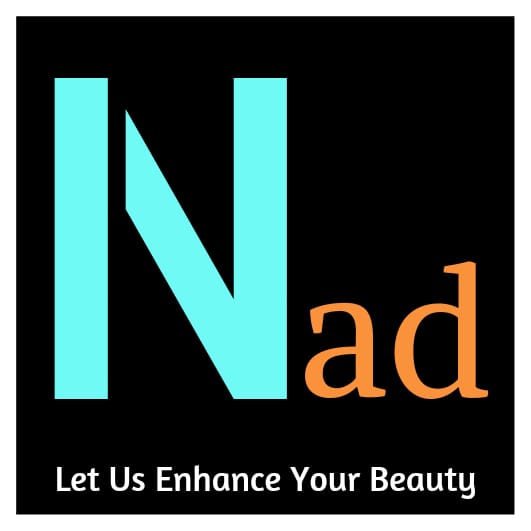
MICROBLADING VS. MICROSHADING: DIFFERENCES, BENEFITS, AND WHICH IS BETTER FOR SPECIFIC SKIN TYPES
When it comes to achieving perfect eyebrows, microblading and microshading are two popular techniques that promise stunning results. But how do they differ? Which one is better for your skin type? Let’s dive into the world of eyebrow enhancements to help you make an informed decision.
WHAT IS MICROBLADING?
Microblading is a semi-permanent tattoo technique that involves using a fine blade to deposit pigment into the skin. This process creates natural-looking, hair-like strokes that mimic the appearance of real eyebrow hair.
Benefits of Microblading
- Natural Appearance: Microblading provides a very natural look, making it ideal for those who want to enhance their eyebrows subtly.
- Long-Lasting: Results can last up to 18 months, making it a low-maintenance option.
- Customizable: The shape, color, and thickness can be tailored to your preferences and natural brow shape.
what is microshading?
Microshading, also known as ombré shading or powder brows, involves using a stippling technique to create a soft, powdered effect. This method uses a machine or hand tool to deposit pigment, resulting in a more shaded and filled-in look.
Benefits of Microshading
- Soft and Full: Microshading offers a softer, more filled-in appearance compared to the hair-like strokes of microblading.
- Less Painful: Many find microshading to be less painful due to the stippling technique, which is gentler on the skin.
- Ideal for Sensitive Skin: This technique is less invasive, making it suitable for those with sensitive or oily skin.
Differences Between Microblading and Microshading
- Technique: Microblading uses a fine blade to create hair-like strokes, while microshading uses a stippling method for a shaded effect.
- Appearance: Microblading gives a natural, hair-like look, whereas microshading provides a soft, powdery finish.
- Pain Level: Microblading can be more painful than microshading due to the blade technique used.
- Suitability: Microshading is often better for sensitive or oily skin types, while microblading works well for normal to dry skin.

Which is Better for Your Skin Type?
Choosing between microblading and microshading largely depends on your skin type and desired look.
For Dry or Normal Skin
- Microblading: Best suited for those with dry or normal skin types. The pigment tends to hold better, and the fine hair-like strokes blend seamlessly with natural brows.
For Oily or Sensitive Skin
- Microshading: Ideal for oily or sensitive skin. The powdery effect of microshading adheres better to oily skin, and the gentler technique is less likely to cause irritation.
Preparation and Aftercare
To ensure the best results, proper preparation and aftercare are crucial. Before your appointment, avoid alcohol and caffeine, and make sure to follow your technician’s instructions. After the procedure, keep the area clean and moisturized, and avoid excessive sun exposure and makeup application on the treated area.
Combining Techniques
Some individuals opt for a combination of both techniques to achieve their desired look. This hybrid approach can offer the best of both worlds: the natural strokes of microblading combined with the shaded fullness of microshading.
Maintenance and Touch-Ups
Regardless of the technique you choose, maintenance is key. Touch-ups are typically required every 12-18 months to keep your brows looking fresh and vibrant. Regular touch-ups ensure that the pigment remains vibrant and the shape stays well-defined.
Final Thoughts
Both microblading and microshading offer beautiful, long-lasting results, but the best choice depends on your skin type and aesthetic goals. If you prefer a natural, hair-like look and have dry or normal skin, microblading might be the way to go. On the other hand, if you want a fuller, more filled-in appearance and have oily or sensitive skin, microshading could be your perfect match.
Conclusion
Understanding the differences and benefits of microblading and microshading is essential in making the right choice for your eyebrow enhancement. Both techniques offer unique advantages, and by considering your skin type and desired look, you can achieve the perfect brows that complement your facial features. Always consult with a professional technician to discuss your options and determine the best approach for your individual needs.

2 Replies to